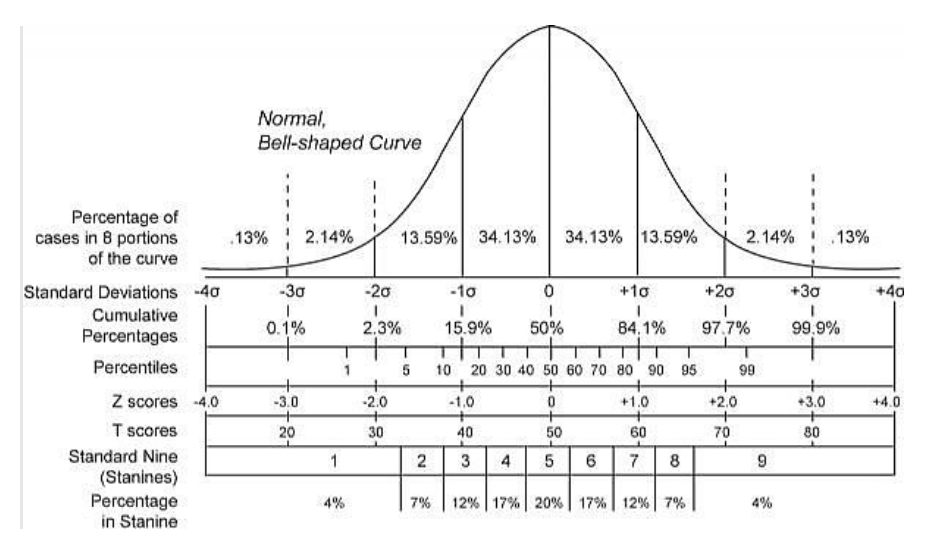Last Updated on April 2, 2025
PELLET B Practice Test 2025 Official Study Guide [PDF]. California Peace Officer Standards and Training (POST) requires formal proctor training for the POST Entry-Level Law Enforcement Test Battery (PELLETB). Discover the key components of the POST Entry-Level Law Enforcement Test Battery (PELLET B) and learn practical strategies to prepare and excel in this crucial exam for aspiring California peace officers.
The PELLETB is an essential aptitude test for individuals seeking a career in law enforcement in California. This comprehensive guide outlines the primary components of the exam, including writing ability, reading comprehension, and reasoning skills. By focusing on developing language skills, practicing reading comprehension, and honing reasoning abilities, candidates can significantly improve their performance on the PELLETB.
PELLET B Practice Test 2025
PELLETB (some agencies also refer to it as the “POST Reading and Writing Test”). Unfortunately, POST does not maintain a list of or provide referrals for testing locations; however, the POST website does provide a list of POST-participating law enforcement agencies that may offer entry-level testing.
It is a standardized, multiple-choice, written examination administered by the California Commission on Peace Officer Standards and Training (POST) to measure the reading and writing skills of individuals applying for entry-level law enforcement positions in California.
PELLET B Test Outline
The scores on the PELLETB are usually reported as a T-score, ranging from 20 to 80. A T-score of 50 is considered average, while higher scores indicate better performance. Most agencies in California require a minimum T-score of 42 or higher to be considered for employment.
| Name of Test | PELLETB (some agencies also refer to it as the “POST Reading and Writing Test”). |
| Test Duration | 2 hours and 15 minutes |
| Test sections | Spelling, Vocabulary, Clarity, and Reading Comprehension |
| Test mode | paper and pencil format only |
| Total Number of Questions | 65 to 70 |
| Question Types | Multiple Choice |
| Result announcement | within 30 days |
| Re-take exam | After 31 days |
The PELLETB consists of several sections: reading comprehension, grammar, spelling, vocabulary, and writing. It is designed to assess the basic skills necessary for success in training and on the job as a law enforcement officer.
- Writing ability: This component evaluates clarity, vocabulary, and spelling. You will be tested on your ability to write clearly and accurately, using appropriate vocabulary and correct spelling.
- Reading ability: This component measures reading comprehension. You will be asked to read passages and answer questions about their content, demonstrating your ability to understand and analyze written information.
- Reasoning Ability: This component focuses on your capacity to think logically, analyze information, and solve problems. It evaluates your cognitive abilities and critical thinking skills.
To prepare for the PELLETB, candidates should improve their reading comprehension, grammar, spelling, and vocabulary skills and practice their writing abilities. Study guides and practice tests are available online to help applicants become familiar with the format and content of the exam.
How is the exam Score?
The POST Entry-Level Law Enforcement Test Battery (PELLETB) exam is scored using a standardized “T-score.” This method allows for easy comparison of an individual’s performance with other applicants who have taken the test. Here’s an overview of how the exam is scored and interpreted:
- Raw scores: The raw score is the number of questions answered correctly on the test.
- T-score calculation: Statistical calculations then convert The raw score into a T-score. The T-score is a standardized score that positions an individual’s performance on a bell-shaped curve, with an average (midpoint) of 50 and a standard deviation of 10.
- Interpretation of T-scores:
- Average: A T-score around 50 is considered average compared to other applicants who have taken the test.
- Below average: T-scores of 40 or below are considered below average.
- Above average: T-scores of 60 or above are considered above average.
- T-score and academy success: Research indicates that every point scored above 42 increases the likelihood of completing the law enforcement academy.
Applicants must aim for a T-score above 42 to increase their chances of successful academy completion and improve their competitiveness in the hiring process. By understanding the scoring and interpretation of the PELLETB exam, applicants can set realistic goals and better prepare for the test.

test scores. The bell is widest in the middle because most scores fall in and around the middle. This is
why scores near the midpoint of 50 are considered “average.”
PELLET B Official Study Guide [PDF]
To prepare for the PELLETB, you should focus on the following areas:
- Strengthen your language skills: Work on your grammar, spelling, vocabulary, and writing abilities. Read widely and practice writing to improve your proficiency in English.
- Practice reading comprehension: Read various texts and answer comprehension questions. This will help you improve your ability to understand and analyze written material.
- Develop reasoning skills: Engage in activities that require problem-solving and critical thinking. This can include puzzles, brainteasers, or analyzing situations to make decisions.
- Use the test preparation guide: The test preparation guide provided by POST contains valuable information on the exam format and content, as well as sample questions and test-taking strategies. Use this guide to familiarize yourself with the exam and to practice answering questions.
Remember that improving your aptitude in these areas requires time and consistent effort. The more you practice and learn, the better prepared you will be for the PELLETB.

